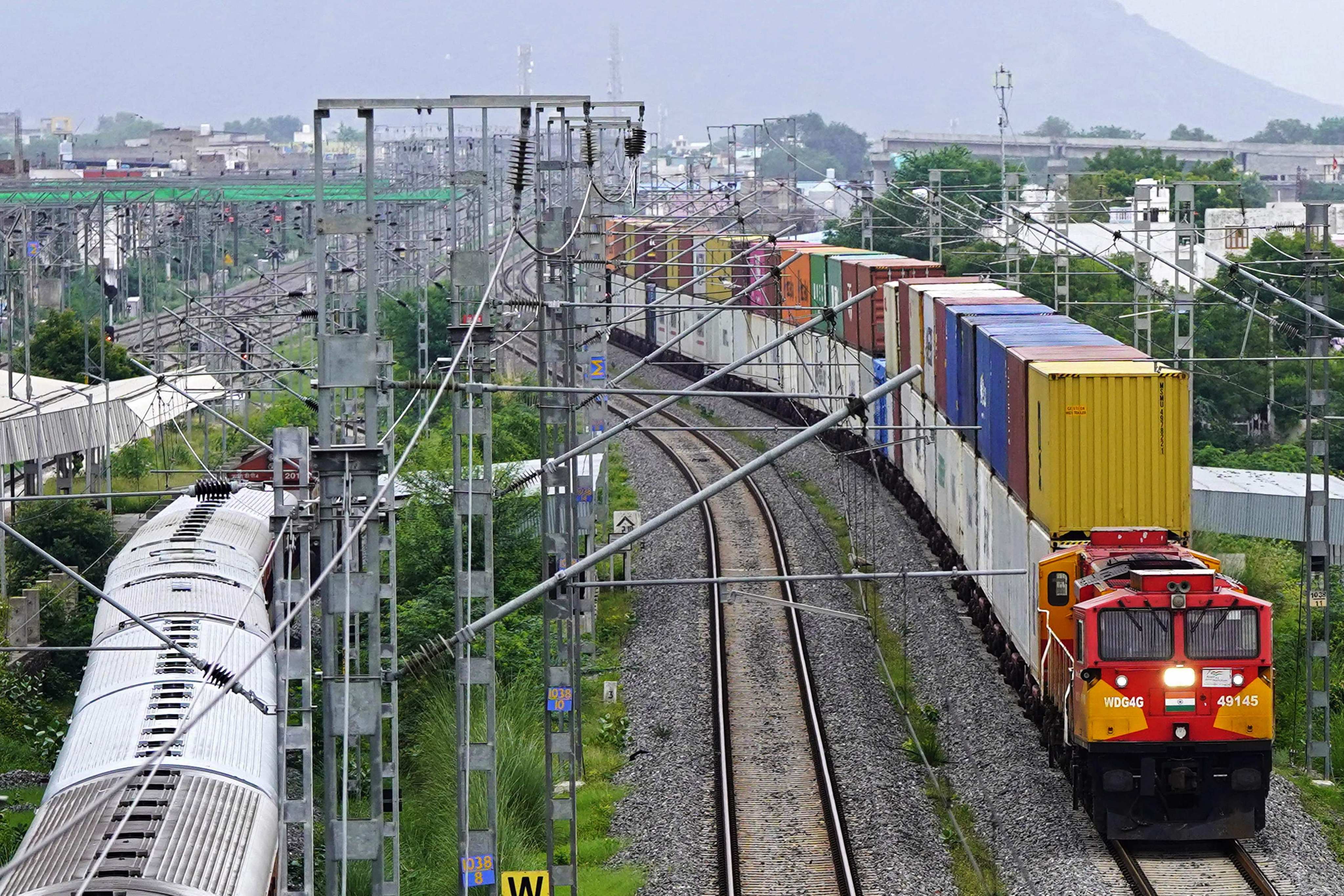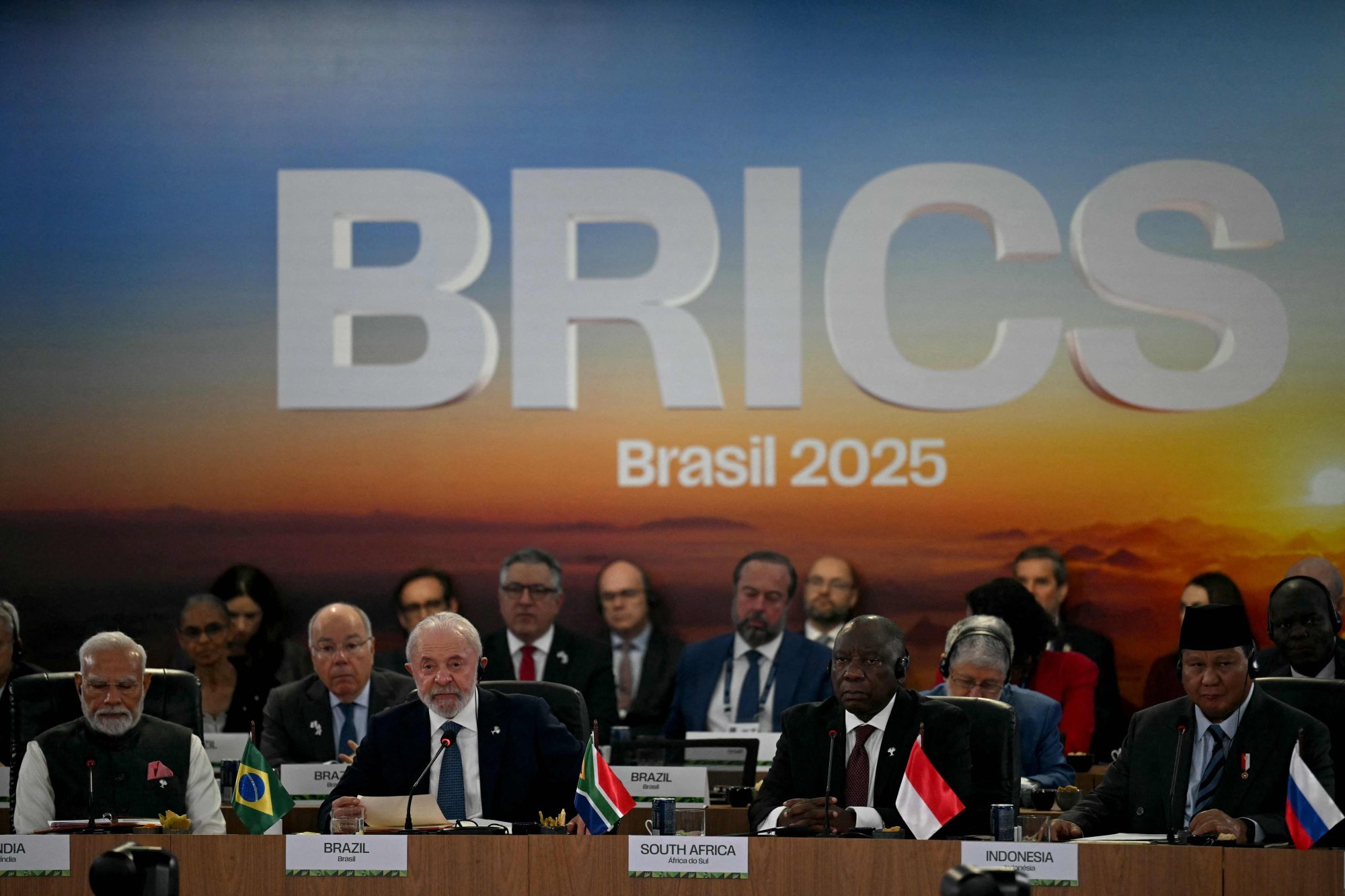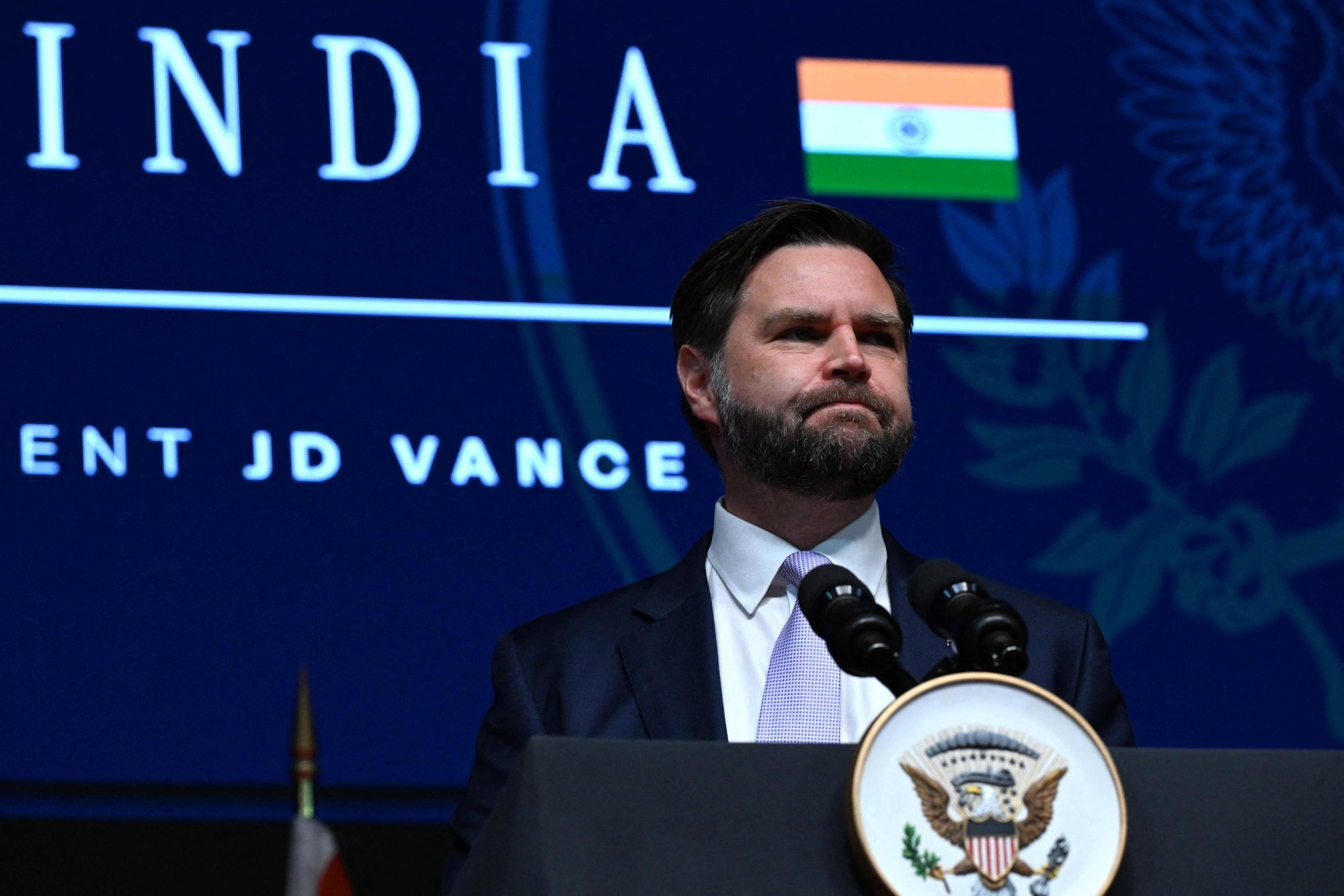Trump’s Brics wrath: will India be caught out by tariff threat?
Trump’s remarks seem more like a warning to Brics and unlikely to affect India’s efforts to finalise a trade pact with the US, analysts say

US President Donald Trump’s threat to slap an additional 10 per cent tariff on Brics nations may be more of a strategic warning rather than a prelude to action – and is not expected to disrupt India’s efforts to finalise a trade pact with Washington, according to analysts.
In a speech on Tuesday, Trump accused the 10-member bloc – comprising Brazil, Russia, India, China and South Africa, alongside newer entrants such as Iran, Egypt and Indonesia – of undermining the United States and seeking to weaken the dollar’s global reserve currency status.
Losing that status, he said, would be like “losing a war, a major world war”.
Trump’s remarks sparked uncertainty over the fate of trade talks with India, though Washington signalled goodwill by excluding New Delhi from a list of 14 countries hit with new tariffs – a list that included close allies such as Japan and South Korea.
The US had first imposed tariffs on April 2 but paused their full implementation for 90 days. That pause was recently extended to August 1, with Trump framing it as a final deadline for countries to reach bilateral agreements.
Biswajit Dhar, a professor at Delhi’s Council for Social Development, said Trump’s remarks seemed to be a pre-emptive tactic aimed at discouraging the Brics nations from mounting a united front against the US.
During a summit in Rio de Janeiro earlier this month, Brics leaders issued a joint declaration condemning the resumption of Israeli strikes on Gaza and recent US-led military action against Iran. While the statement criticised unilateral trade measures, it stopped short of naming Washington directly.
Dhar said the declaration was focused more on escalating geopolitical instability in the Middle East than on condemning the US, making it “unlikely” that Trump would target Brics because of it.
“This is also because he may not like to queer the pitch of the ongoing trade negotiations with India and China,” he said.
Vivek Mishra, deputy director of the strategic studies programme at the Observer Research Foundation, concurred that Trump’s remarks seemed more like a warning to Brics nations rather than an intent to impose more tariffs.
“I don’t think he has thought it through. It’s a way of saying, don’t attempt de-dollarisation. India has already said it is against de-dollarisation and is safe in that context,” Mishra said.

Brics nations have been interested in creating a new currency to compete with the US dollar while advancing economic integration with each other, which analysts say could pick up speed since the US announced it would impose higher tariffs on a range of countries in April.
Leaders at a two-day Brics summit in Brazil this month agreed on a joint statement that criticised Washington’s trade-distorting tariffs. Unlike Brazil and South Africa, India refrained from making any separate statements publicly on the issue, showing its desire to keep ties with the US on an even keel, analysts said.
Unhandled type: inline-plus-widget {“type”:”inline-plus-widget”}
On Wednesday, Trump followed through with a new round of levies, including a 50 per cent tariff on Brazil, one of the highest announced so far.
Indian officials say they do not support moves for a single Brics currency, and any participation in local currency trade arrangements is aimed solely at reducing foreign exchange fluctuation risks.
With India not targeted by the US in the latest round of higher tariffs, Mishra said this showed Delhi was having a backchannel conversation with Washington. “I think a part of the deal has been reached,” he added.
Most countries have struggled to secure deals within the limited time frame offered by the US. The United Kingdom has managed to retain a base tariff rate of 10 per cent, while Vietnam reached an agreement to face a lower 20 per cent levy, down from an earlier proposed 46 per cent.

India and the US had finalised the terms of reference for a bilateral trade agreement in April, following a visit by US Vice-President J.D. Vance in Delhi where he met Indian Prime Minister Narendra Modi.
Both sides have been trying to thrash out a few key issues, including Washington’s demand that India open its market to genetically modified crops – a proposal Delhi has staunchly resisted as it could prompt a backlash by millions of farmers.
The two sides had converged towards a comprehensive trade deal earlier this month, but “now it does not look possible because of certain red lines drawn by both sides”, Mishra said.
Besides agriculture, US dairy imports and Indian exports of pharmaceutical products, automobile components and steel are among the sticking points in arriving at a sweeping deal, according to Mishra. “I think these will be left to a later date to be dealt with.”
A delegation from India is expected to visit the US soon for trade talks, as the two countries seek to hammer out an agreement, according to reports.
A US-India trade deal was likely to be concluded before America’s midterm elections next year, Mishra said.
Midterm elections in the US are held near the midpoint of a president’s four-year term of office. These give voters a chance to decide which party controls Congress, which enacts laws to govern the nation.